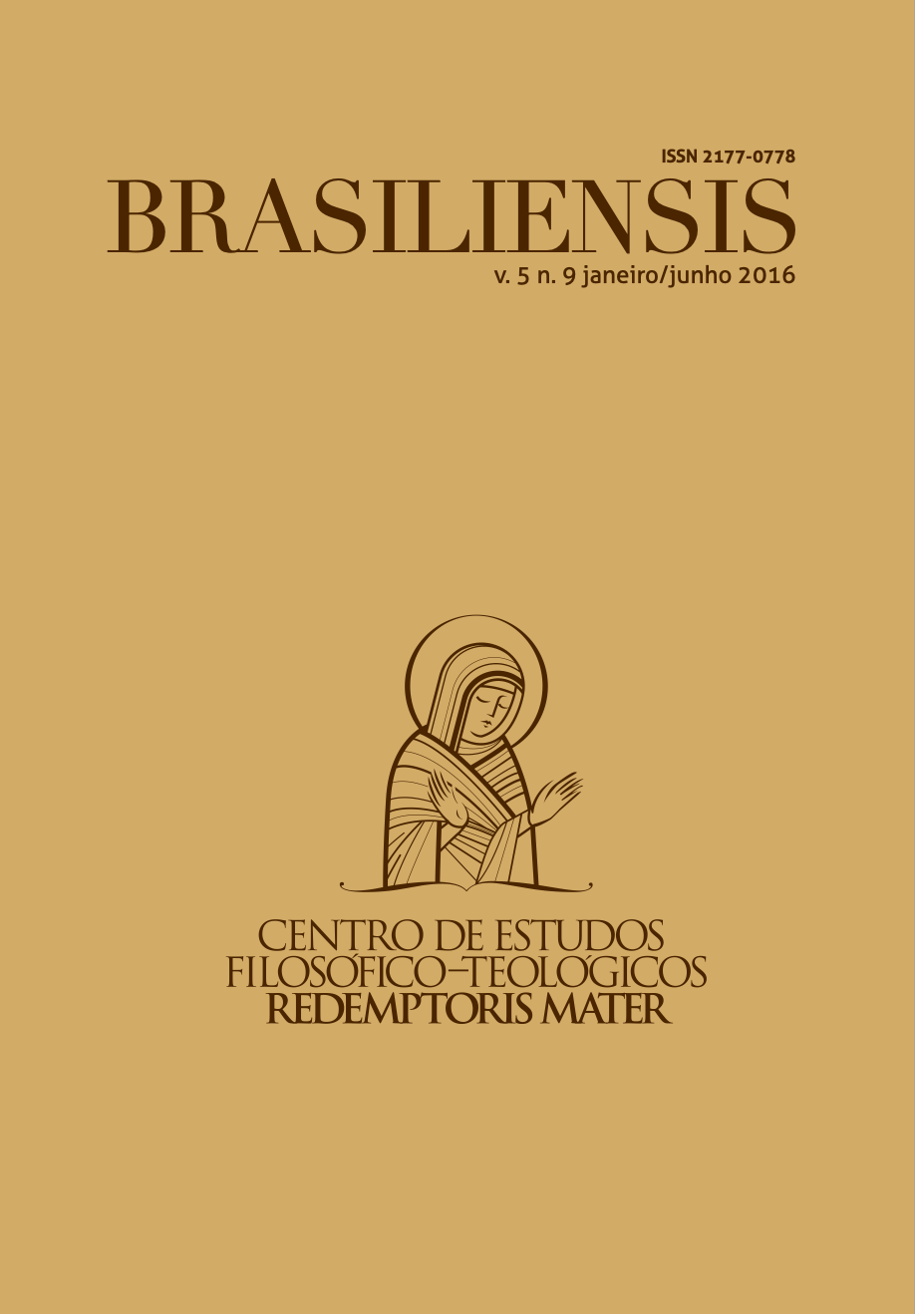"Hai forse mangiato dell’albero di cui ti avevo comandato di no mangiare?" Analisi retorica di Gen 3, 9-13
Contenu principal de l'article
Résumé
With this article we have tried to offer a new contribution to the study of exegesis of Gen 3,9-13 following the methodology of Biblical Rhetoric. We have deepened, especially, the rubric «context», paying particular attention to the most authoritative interpretations of the ancient Jewish tradition. The text is a «passage» that comprises three «parts» forming a concentric structure (3,9b-3,10; 3,13 and 3,11-12). The analysis performed shows that the judgment of God to our first ancestors, does not aim to bring out the sin with the purpose of issuing a sentence of condemnation, but is basically a rîb, that is, a call to conversion.
Details de l'article

Ce travail est disponible sous licence Creative Commons Attribution - Pas d'Utilisation Commerciale - Pas de Modification 4.0 International.
La licence Creative Commons Attribution (CC BY) est la licence Creative Commons la plus permissive. Elle permet à d'autres de distribuer, remixer, adapter et construire sur votre œuvre, même à des fins commerciales, à condition de vous attribuer le crédit pour la création originale.
Comment citer
Références
BOVATI, P. Ristabilire la giustizia: Procedure, vocabolario, orientamenti. Roma: Pontificio Istituto Biblico, AnBib 110, 1986.
DOROTEO DI GAZA, Expositione et Doctrinae diversae. PG 88, I, 8, p. 1625-
FUHS, H. F. «jārē’». In: BOTTERWECK, G. Johannes; RINGGREN, Helmer. Grande
Lessico dell’Antico Testamento. Vol. III: ‘mr – jashar. Flero (BS): Paideia Editrice, 2003, coll. 1019-1022.
JASTROW, M. Dictionary of the Talmud: A Dictionary of the Targumim, the
Talmud Babli and Yerushalmi, and the Midrashic Literature. London: Trübner, 1898.
LIFSCHITZ, D. L’inizio della storia. Il peccato originale: dalla Torah al Vangelo,
Roma: Edizione Dehoniane, 1993.
LORI, G.; VOLTAGGIO, F. G. “E sarete come Dio”: Analisi retorica di Gen 3,1-8,
in: MEYNET, R.; ONISZCZUK, J. Studi del quarto convegno RBS. International Studies on Biblical & Semitic Rhetoric, ReBibSem 5, Roma: G&B Press, p. 31-55, 2015.
LUND, N. W. Chiasmus in the New Testament, Chapel Hill: University of North
Carolina, 1942.
MEYNET, R. Trattato di retorica biblica. Bologna: ReBib 10, 2008.
PONTIFICIA COMMISSIONE BIBLICA. L’interpretazione della Bibbia nella
Chiesa, Città del Vaticano: Libreria Editrice Vaticana, 1993.
RINGGREN, H. «nš’». In: BOTTERWECK, G. Johannes; RINGGREN, Helmer;
FABRY, Heinz-Josef. Grande Lessico dell’Antico Testamento. Vol. V: majim – neser. Flero (BS): Paideia Editrice, 2005, coll. 1100-1101.
RUPERTO DI DEUTZ, De Sancta Trinitate et operibus eius (CCCM 21), III, 250 apud NERI, U. Genesi. Biblia: I libri della Bibbia interpretati dalla Grande Tradizione, Torino: Gribaudi, 1986.
WALSH, J. T. “Genesis 2:4b-3:24: A Synchronic Approach”, JBL, 96, p. 161-
, june 1977.
VOLTAGGIO, F. G. Siedi solitario e silenzioso fino ai giorni del Re Messia!: Il
Targum di Qoèlet. Il Targum delle Lamentazioni. Napoli: Chirico, 2014.
ZLOTOWITZ, M.; SCHERMAN, N. (ed), Bereishis. Genesis: A New Translation
with a Commentary Anthologized from Talmudic, Midrashic and Rabbinic Sources. v. I. Bereishis. Noach. Lech Lecha. Vayeira. Chayei Sarah. Toldos. New York: Mesorah, 1986.

